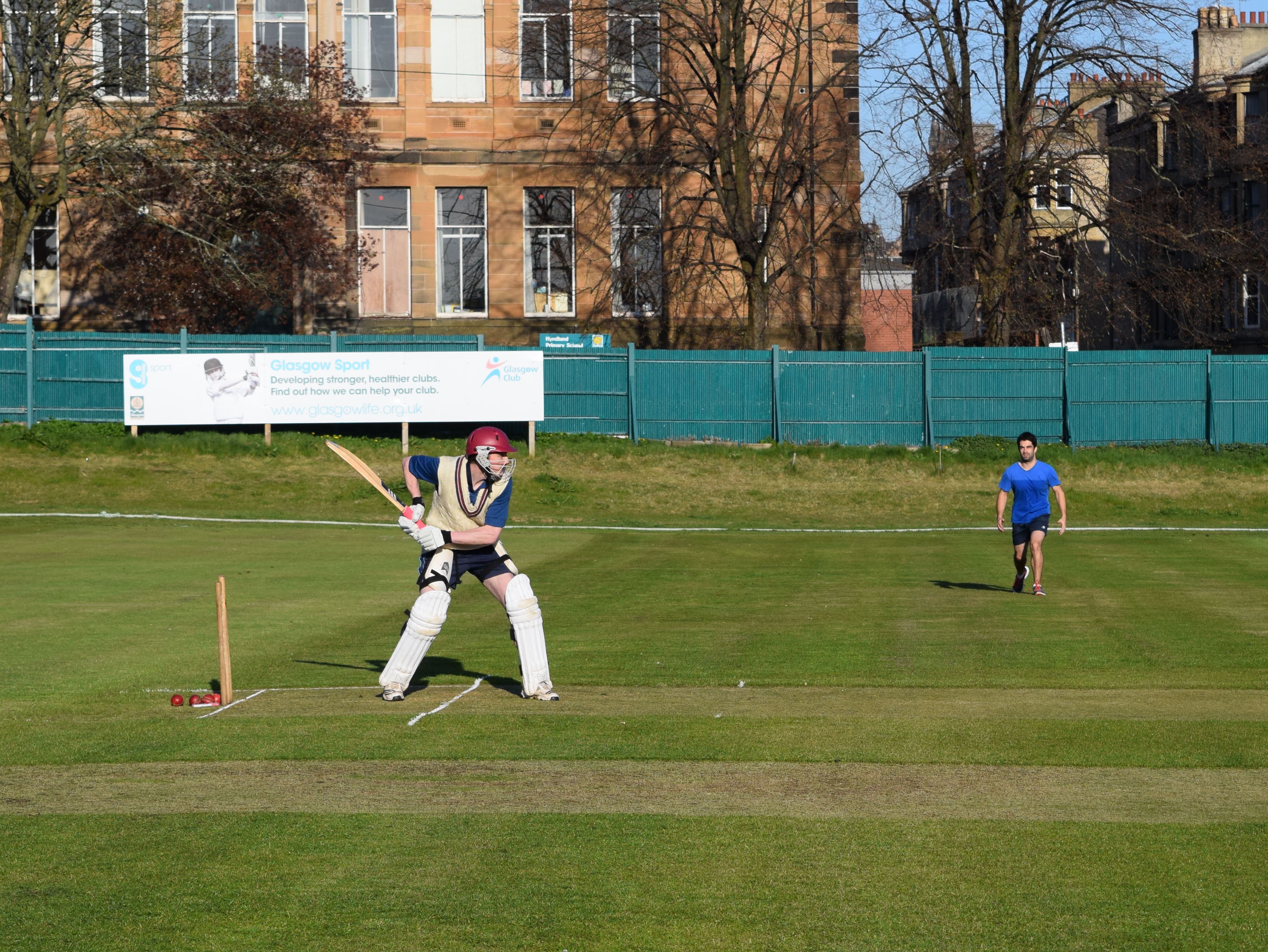Better Batting Technique and Fielding Skill with Constrained Middle Practice
 Middle - or centre wicket - practice is a powerful, realistic way to train to improve your game. Now we can make it even better.
Middle - or centre wicket - practice is a powerful, realistic way to train to improve your game. Now we can make it even better.
Although, in making it better we have to make it slightly less realistic. Which seems a bit odd.
Bear with me and I will explain.
By the end of this article you will have a middle practice toolkit that will improve batting technique and produce better drilled fielders.
The power of constraints
“Constraints” is a bit of a buzz word in sports coaching at the moment. Although it has been around a while, it’s become popular recently with coaches and teachers looking for better ways to provided focused sessions.
It works by taking away options and allowing you to focus on one specific element until you master it. It has certainly become a staple of the sessions I run across ages and in one-to-one, small and large groups.
It makes sense to extend the benefits to middle practice.
The problem with centre wicket practice
If you have ever tried middle practice, you know it’s brilliant but there can be issues with it:
- It’s slow, so you get fewer balls bowled.
- Fielders can find themselves doing very little.
- There is a general lower intensity.
I have seen these issues many times first hand. They can all be handled by traditional middle practice and good coaching, but they be fixed by adding constraints.
Sometimes coaches call these variations Small Sided Games (SSG) or Teaching Games for Understanding (TGfU). The name is not as important as the goal of the game.
So, let’s give you some practical examples of a constraints-led middle practice.
For all these sessions you will, obviously, need a cricket field with some kind of wicket in the middle. Nets are not allowed. Access to plenty of balls is useful.
You can see each on is based on a constraint. That is to say, you have to try to acheive a specific outcome with the ultimate aim of getting better.
1. Rotate the spinners
Set up middle practice with only close fielders and infielders. Only spinners bowl. Make sure you leave a gap or two for the batsman to try and hit.
Two or three batsmen try to rotate the strike by hitting into the gaps and getting up to the other end. Fielders try to prevent runs and get run outs.
You can keep score or have teams to make it competitive.
2. Hitting in the V
Set up middle practice with four fielders: deep mid on, deep mid off, extra cover and midwicket. Bowlers bowl in overs (or use throwdowns). It’s useful to have a player or two padded up who can collect stray balls.
Two batsmen can only score by hitting in “the V” (you can mark this with cones). They can score quick singles, hard run twos or boundaries, but only in the marked area.
Bowlers must try and bowl pitched up at the stumps. Balls that are too short or too wide are not counted.
You can keep score with pairs to see who does best, or just allow players to experiment with different ways of getting the ball through the target.
You can also use this practice for death hitting and yorker bowling exclusively.
3. Hitting square
This is a great middle practice for improving batting technique in square shots as the feed is usually short and wide. It’s even better for fielders square and behind on the off side.
Set up middle practice with a keeper, slips, point, cover and extra cover. As the feed is aimed to be short and wide, it’s best not to use bowlers for this. A coach with good sidearm skills is useful here, or use throwdowns.
Batsmen can only score by hitting square on the off side. They can score drop and run quick singles, hard run twos or boundaries, but only in the marked area. They can hit in other areas if the ball demands it. It’s useful to have a player or two padded up who can collect stray balls.
You can keep score with pairs to see who does best, or just allow players to experiment with different ways of getting the ball through the target.
You can also switch the fielders to the leg side and have batsmen work on cross bat shots like sweeping, rolling and pulling.
4. Through the gates
In this middle practice, batsmen have more freedom, but are still constrained enough to focus the mind.
Set up the session to have two to four “gates” marked around the field. Fielders are not allowed to field in, in front of or behind these gates, but can field anywhere else.
The batsmen can only score by hitting through the gates. Fielders can only field the ball after it has passed through the gate. Bowlers must try to bowl to prevent the ball being hit through the gate.
The gates can be setup anywhere and moved by the bowlers if they feel batsmen are finding it too easy.
What else?
I’m sure you can think of situations you want to practice that can use constrained middle practice too.
Drop us a comment with your thoughts and experiences and we can build better middle practice sessions for everyone!
- Login to post comments

